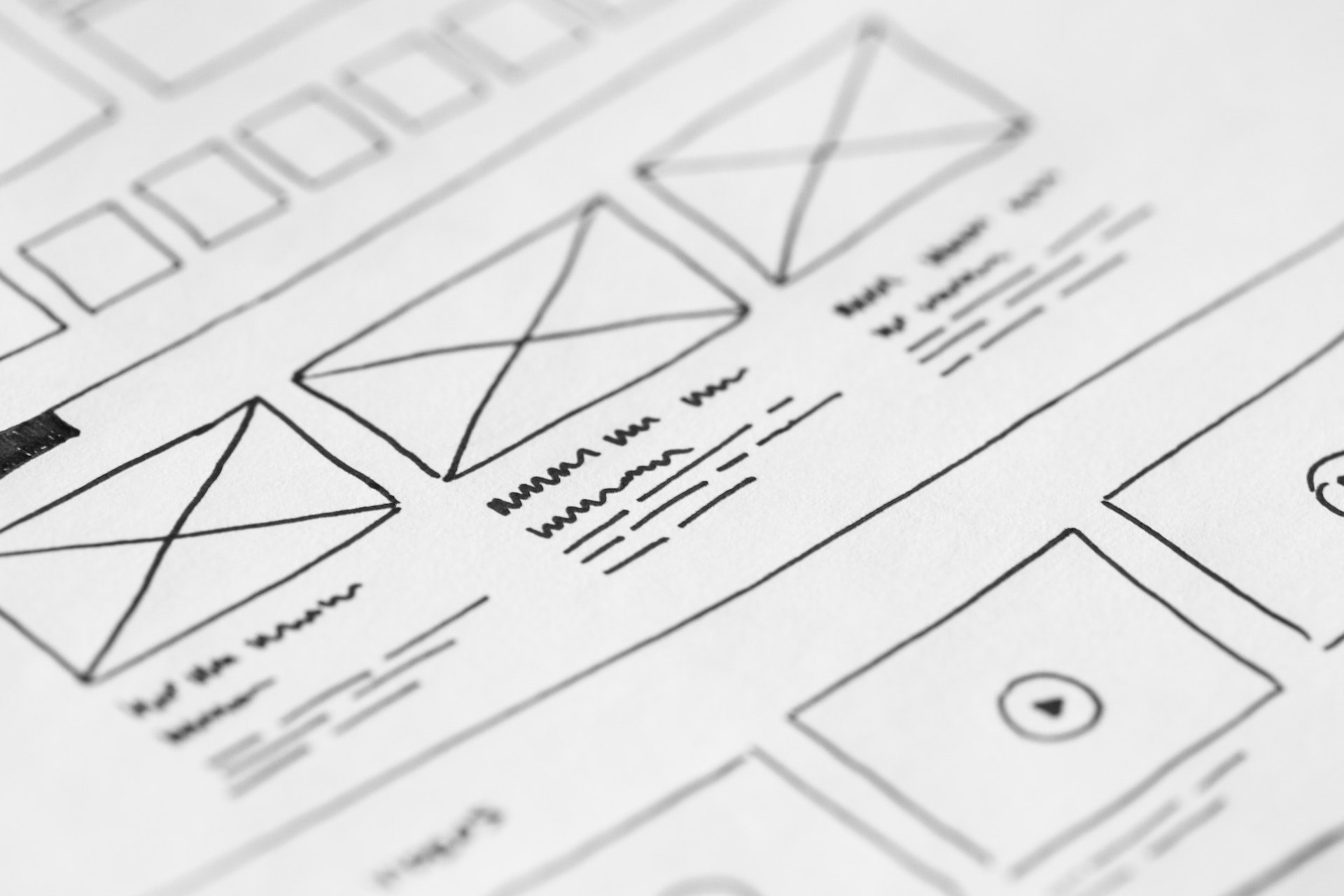User experience or UX design simply means to plan how something looks and works in order to make the activity of using it easy and enjoyable. A UX Designer takes care of everything from competitor and customer analysis to product structure, content development, testing, and iteration, as well as product strategy and coordination with developers.
If you are considering a job as a UX Designer, this blog post will guide you through the 4-step process of becoming one, as well as provide some useful tips to help you with your growth.
Contents
1. Learn UX design basics
When they want to learn about UX design, a lot of people begin by watching random tutorials, without really setting foundations and learning about the principles of UX design. In order for the designer to master the basics, the best decision is to go through the structured curriculum, which can be provided by the right UX design courses.

You can easily find those courses on websites such as Coursera or Accenture, where you can, in a span of a few weeks, completely master the basics of UX design and receive a certificate for your work.
2. Get the right design tools
Getting the right UX design tools can be stressful, especially when facing an overwhelming number of different software being offered online. Of course, you will want the tools to be efficient, user-friendly, and reliable, as well as budget-friendly. One of the most popular UX design tools is Figma, a feature-abundant solution that allows you to create high-fidelity mock-ups, prototypes, and presentation decks.
Another recommendation would be Sketch, an all-in-one designer toolkit that makes designing and collaborating easier than ever. The learning curve between these two tools is not steep, which means that once you learn how to use one of them, you will basically know how to navigate the other.
3. Work on your own projects to develop your UX design skills
Many people are satisfied with passive learning and happy to simply kick back, watch video tutorials and read articles. Even though it may feel good at the moment, without practice you are not actually learning and expanding your skills as a UX Designer. The easiest way to start practicing is to take an already-existing design and try to redesign it or simply recreate something that you like.

This way it is easier to absorb why some decisions were made, and what is a good layout, typography, and spacing, while simultaneously developing your own design style and unleashing your creativity. After coming up with the new design solution, try testing it with your friends or family, so you can see whether the design you came up with meets the users’ requirements.
4. Develop a portfolio
A UX design portfolio is a website where you showcase all the projects you have been working on so that potential employers or customers can familiarize themselves with your skills, experience, and style.

The best hosting platforms for UX portfolios are WordPress, Squarespace, and Wix, offering numerous templates you can choose from, as well as options to completely customize your website. Lastly, our advice is to always ensure all the links on your website work and that the website is available on a mobile version.
Conclusion
Even though getting started as a UX Designer might sound overwhelming, we are certain that the previously listed steps provided you with the help you need for a successful beginning. Practice makes perfect, and with the right set of tools and a beautiful portfolio, you too can be set for success!